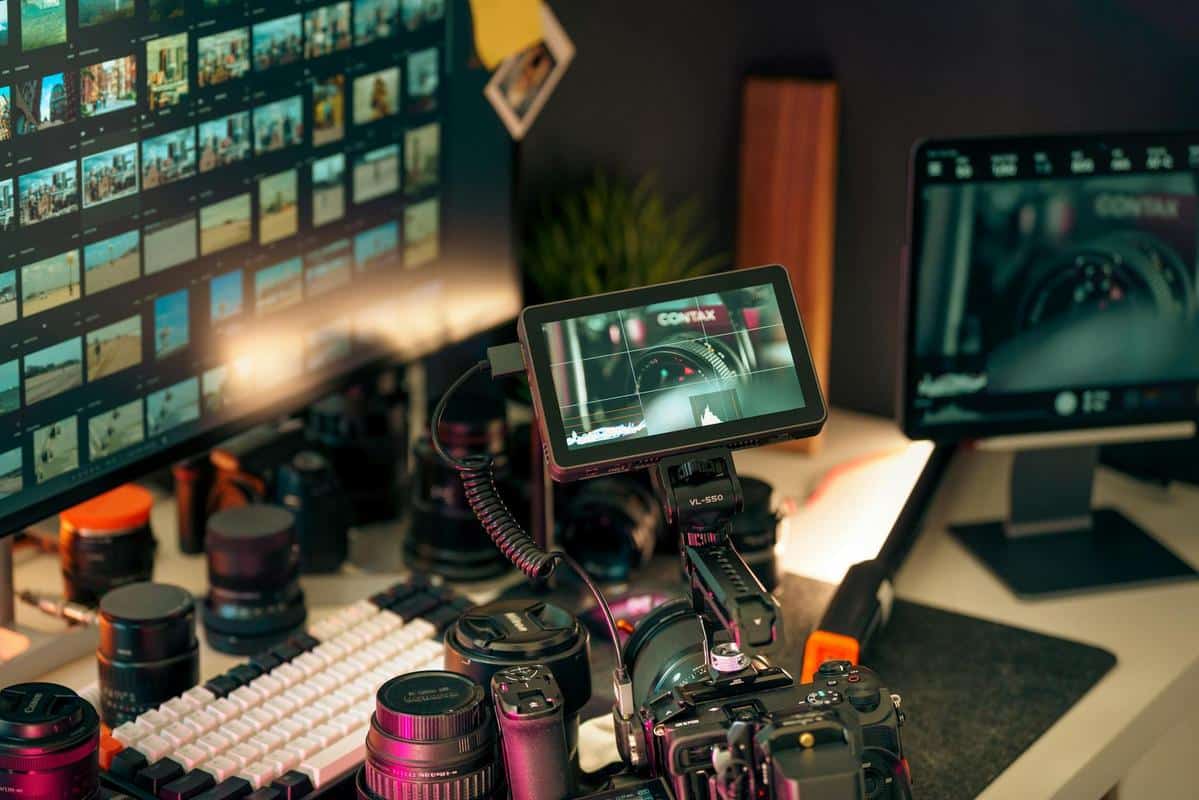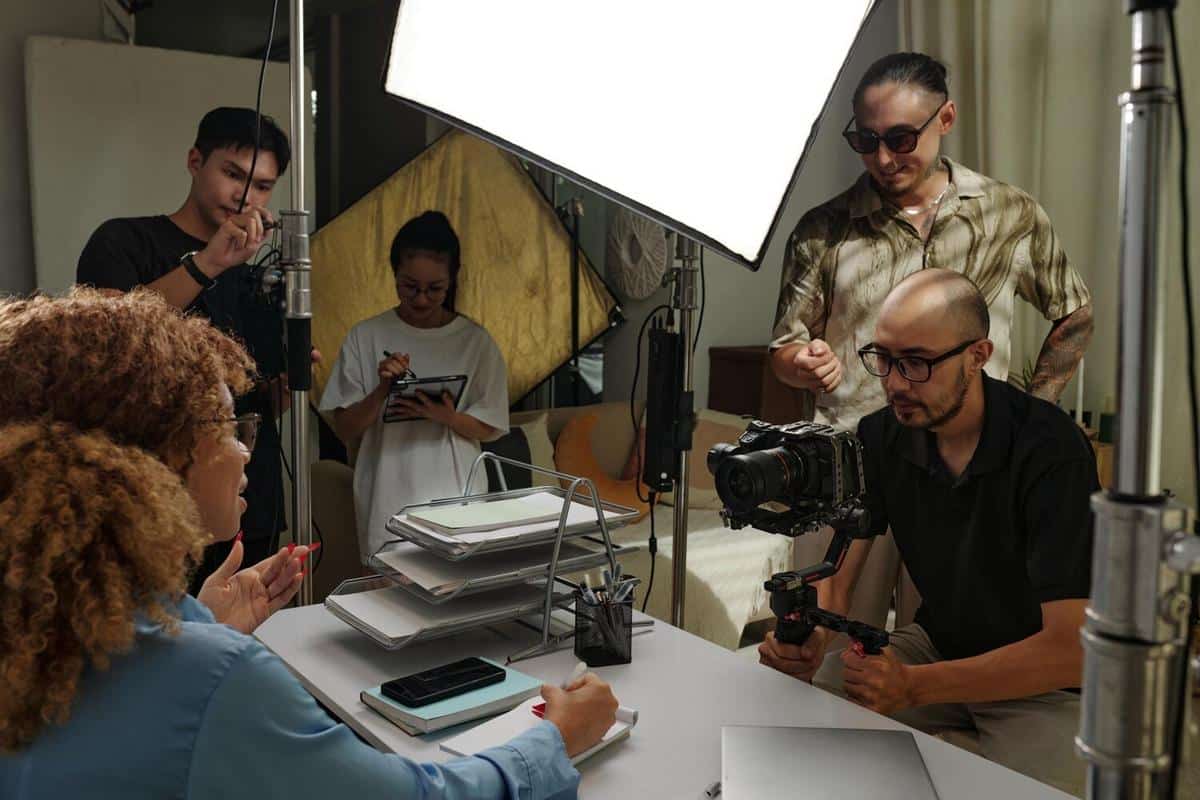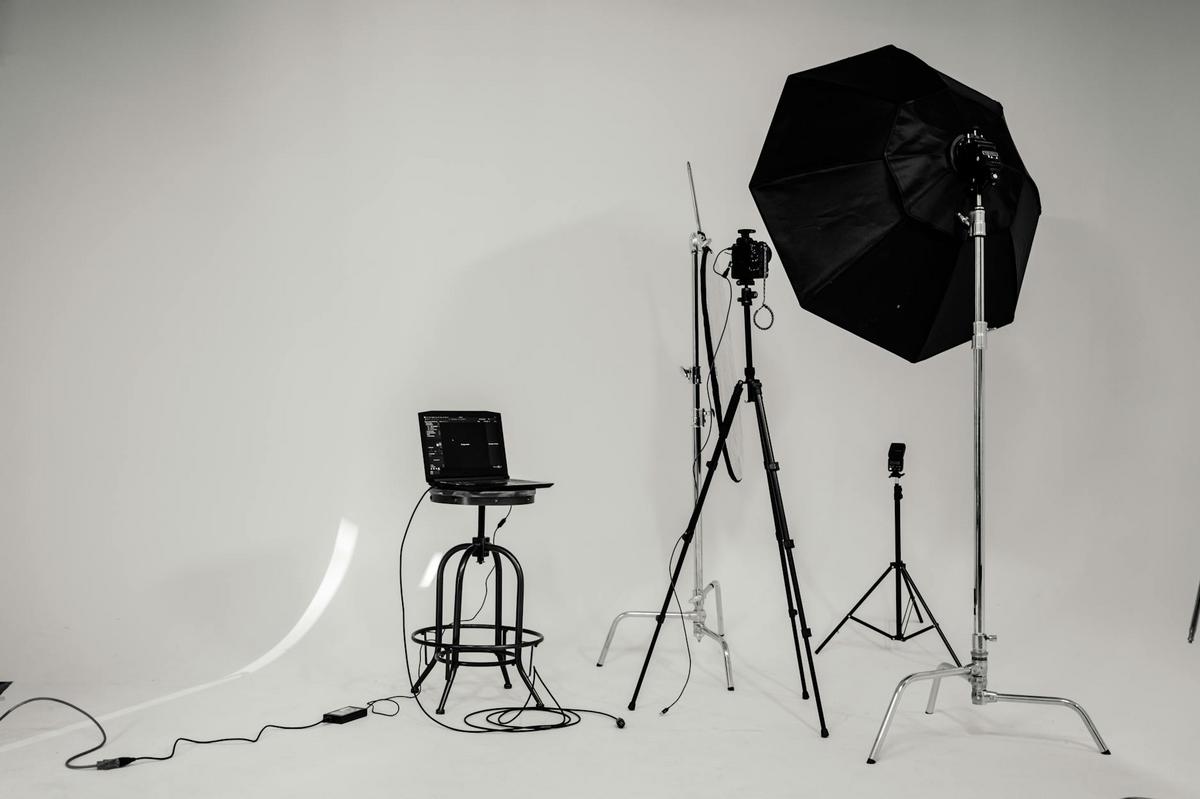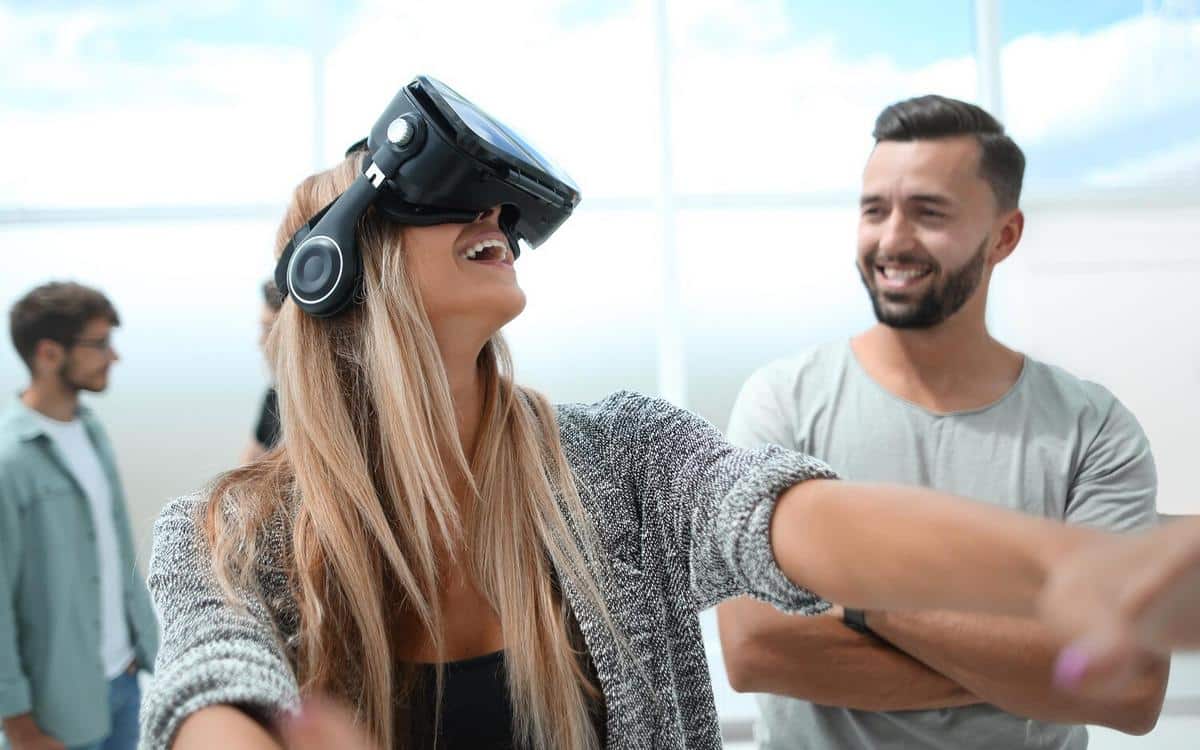
The Role of Lighting in Photography and Videography
Lighting is the silent yet powerful tool that can transform a good photo or video into a breathtaking masterpiece. Whether you’re capturing the delicate hues of a sunset or setting the mood for a dramatic scene, understanding the role of lighting is crucial for any photographer or videographer.
The Importance of Lighting in Photography and Videography
Lighting can make or break a shot. It dictates the mood, creates depth, and highlights textures. According to renowned photographer Ansel Adams, ‘Photography is more than a medium for factual communication of ideas. It is a creative art.’ This creativity is often driven by how light interacts with the subject.
Lighting Techniques and Their Impact
There are several lighting techniques that photographers and videographers can employ to enhance their work:
- Natural Light: Ideal for creating soft, flattering images. Early morning and late afternoon, known as the ‘golden hours,’ provide the best natural light.
- Artificial Light: Offers control and consistency. Tools like LED panels and softboxes can help achieve the desired effect.
- Backlighting: Creates silhouettes and adds depth.
- Side Lighting: Enhances textures and creates a three-dimensional effect.
According to a study by the Digital Photography School, 90% of professional photographers consider lighting their most important tool.
Personal Anecdote
During a recent shoot, I relied on a simple reflector to bounce light onto the subject, transforming a flat image into one with dynamic shadows and highlights. This simple tool proved invaluable in achieving a professional look without heavy equipment.
Actionable Tips for Effective Lighting
- Use the Right Equipment: Invest in a basic lighting kit that includes softboxes and reflectors.
- Understand Color Temperature: Adjust settings to capture the natural tone of your scene.
- Practice: Regular experimentation will help you understand how different lighting setups affect your work.
Comparison Table of Lighting Equipment
| Equipment | Pros | Cons |
|---|---|---|
| Softbox | Softens light, reduces shadows | Bulky, requires setup time |
| LED Panels | Portable, energy-efficient | Can be harsh, may need diffusers |
| Reflector | Inexpensive, versatile | Requires natural light source |
| Ring Light | Even lighting, great for portraits | Limited reach, specific use |
| Flashgun | Portable, powerful | Can be harsh without diffusers |
| Umbrella | Softens light, affordable | Less control over light direction |
| Continuous Light | Constant lighting, easy to adjust | Can be less powerful than flash |
| Studio Strobe | Powerful, versatile | Expensive, requires power source |
FAQ
Why is lighting so important in photography?
Lighting determines the mood, highlights details, and creates depth, making it essential for capturing high-quality images.
What is the best type of lighting for beginners?
Natural lighting is generally the most forgiving and easiest to work with for beginners.
How can I improve my indoor lighting setup?
Use softboxes or LED panels to provide even lighting and reduce harsh shadows.
Conclusion
Lighting is a vital element in both photography and videography, shaping the final output in profound ways. By understanding different lighting techniques and investing in the right equipment, you can significantly enhance your creative projects. Remember, the key is to experiment and learn what works best for your style. For more insights into photography and videography gear, explore our other articles on this content portal.


